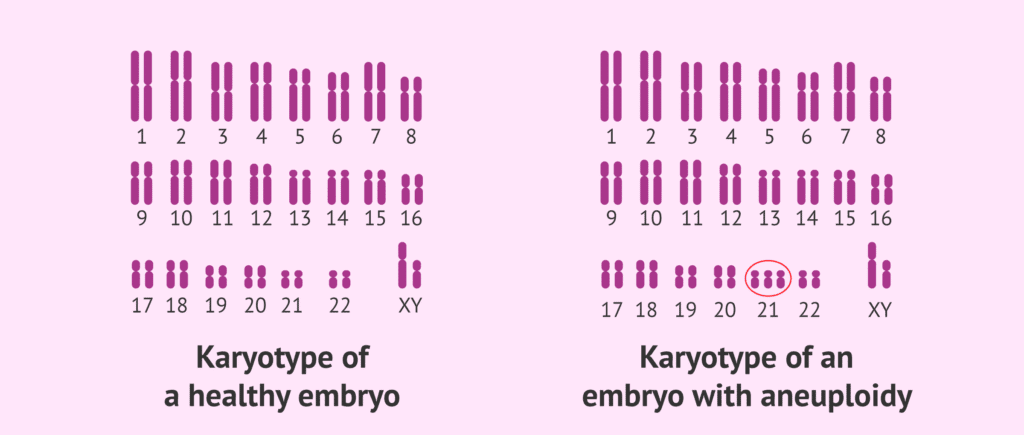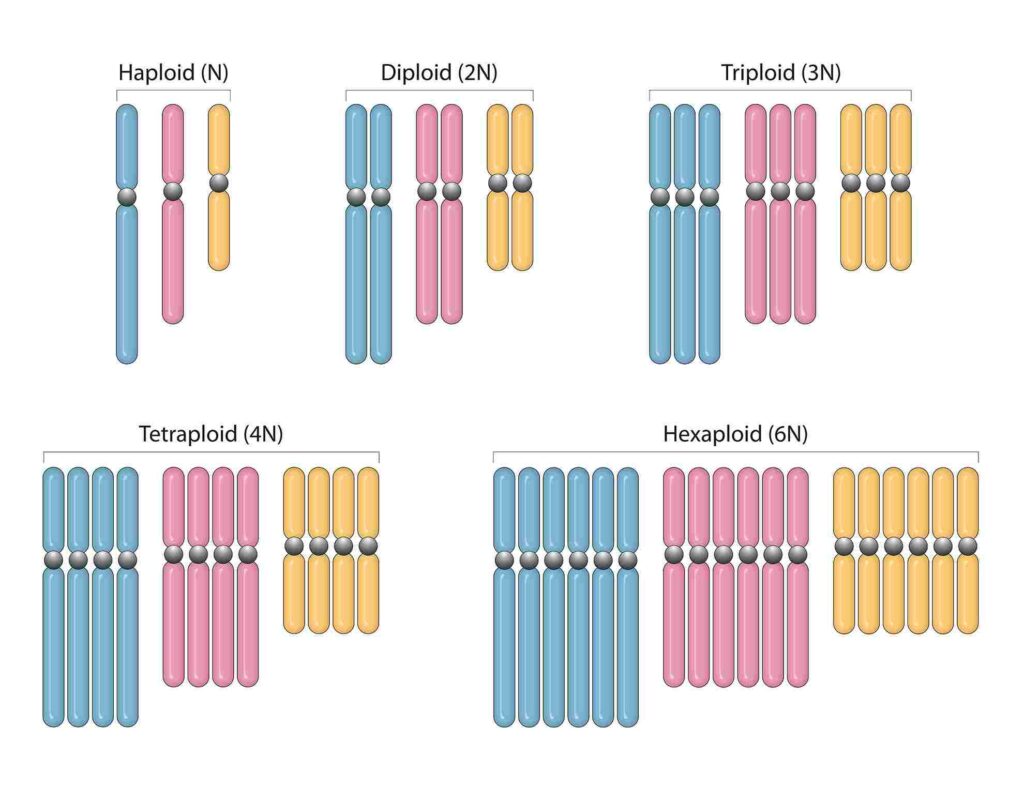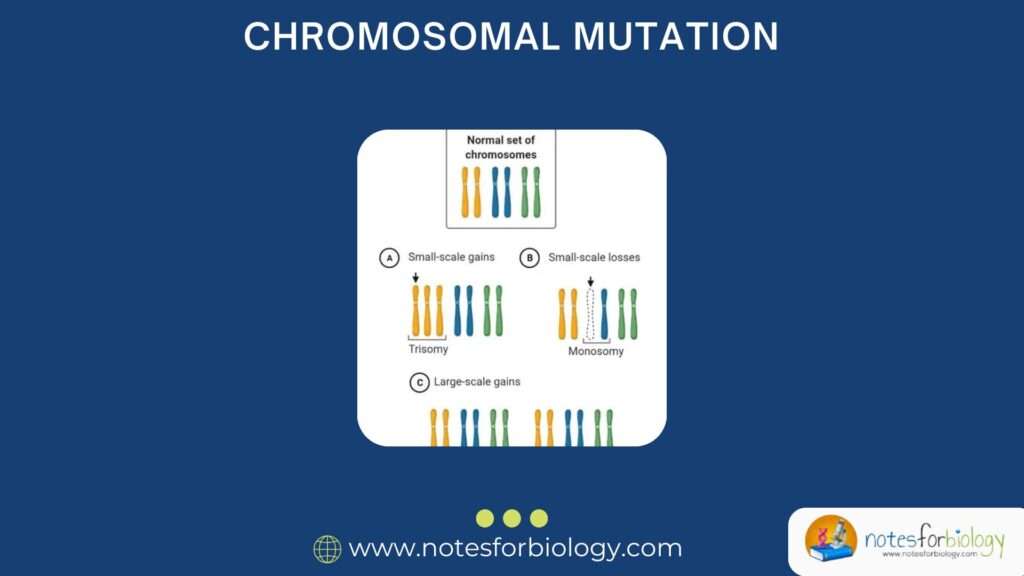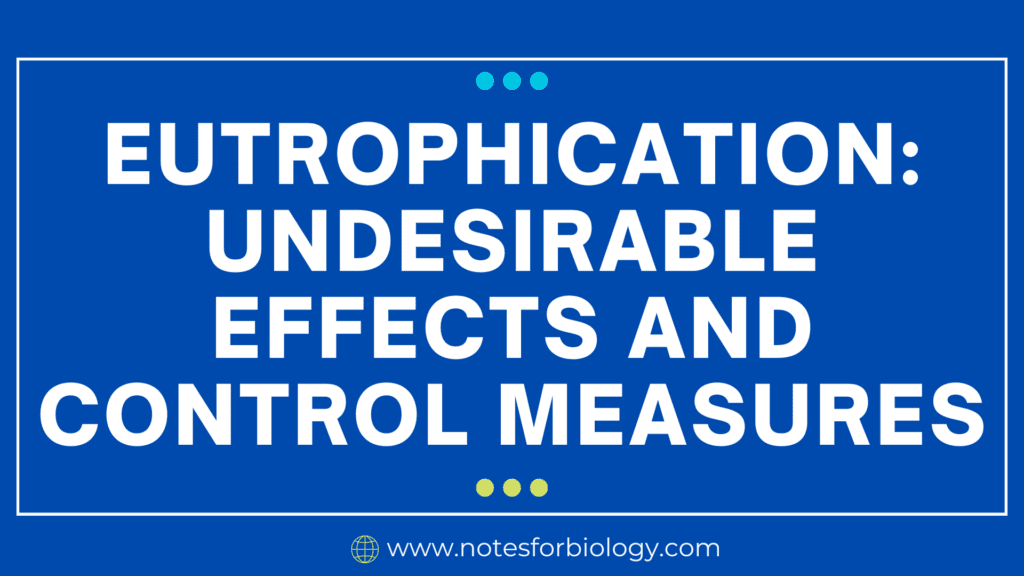Introduction
A chromosomal mutation is a change in the structure or number of chromosomes in a cell. These mutations affect large sections of DNA and often involve multiple genes. Chromosomes are like carefully arranged bookshelves of genetic information. Each chromosome contains hundreds or thousands of genes that direct the functions of cells and determine everything from eye color to height. But sometimes, these bookshelves get rearranged, damaged, duplicated, or even deleted. This is what we call a chromosomal mutation.
Chromosomal mutations can be harmless, harmful, or even beneficial in rare cases. They play a crucial role in evolution, genetic disorders, and even cancer. In this article, we’ll explore what chromosomal mutations are, what causes them, how they happen (mechanism), the types of mutations, and real-life examples you can relate to.
Table of Contents
What is a Chromosomal Mutation?
A chromosomal mutation is a change in the structure or number of chromosomes in a cell. These mutations affect large sections of DNA and often involve multiple genes.

This is different from a gene mutation, which changes the sequence of DNA in a single gene. Chromosomal mutations are usually more significant and visible under a microscope.
Where do Chromosomal Mutations Occur?
These mutations can occur in:
- Somatic cells (body cells) – May lead to cancer or developmental disorders, but are not passed to offspring.
- Germ cells (sperm or egg) – Can be inherited by the next generation and may cause genetic disorders.
Causes of Chromosomal Mutations
It can be spontaneous or induced. Here are the common causes:
1. Errors During Cell Division (Mitosis or Meiosis)
Mistakes during the separation of chromosomes (called nondisjunction) or improper crossing over during meiosis.
2. Radiation
X-rays, UV rays, and radioactive substances can break chromosomes.
3. Chemicals (Mutagens)
Certain drugs, pesticides, or industrial chemicals can damage chromosomes.
4. Viral Infections
Some viruses can insert their genetic material into chromosomes, disrupting the structure.
5. Inherited Mutations
Some chromosomal changes are passed down from parents.
6. Aging
As people age, the likelihood of chromosomal errors increases, especially in eggs.
Mechanism of Chromosomal Mutation
Let’s simplify how chromosomal mutations happen. During cell division:
- DNA Replicates – Chromosomes are copied so each new cell has a complete set.
- Chromosome Pairing and Separation – In meiosis, chromosomes pair up and separate to form eggs or sperm.
- Mutation Occurs If:
- A chromosome breaks and reattaches incorrectly.
- A part of the chromosome is deleted, duplicated, or flipped.
- Entire chromosomes fail to separate (nondisjunction).
These changes can affect gene dosage, disrupt gene sequences, or move genes to new environments with different controls.
Types of Chromosomal Mutations
It can be grouped into two broad categories:
A. Structural Mutations
These affect the physical structure of chromosomes.
1. Deletion
- A piece of a chromosome is lost.
- Example: Cri-du-chat syndrome – a portion of chromosome 5 is missing, leading to intellectual disability and a high-pitched cry in infants.
2. Duplication
- A segment of a chromosome is copied and repeated.
- Example: Charcot-Marie-Tooth disease type 1A – caused by duplication on chromosome 17, affecting nerves.
3. Inversion
- A chromosome segment breaks off, flips, and reinserts in the opposite direction.
- Genes may be disrupted or expressed abnormally.
- Can be pericentric (involving centromere) or paracentric (excluding centromere).
4. Translocation
- A piece of one chromosome breaks off and attaches to a different chromosome.
- Two types:
- Reciprocal translocation – two chromosomes exchange parts.
- Robertsonian translocation – one chromosome joins another at the centromere.
- Example: Chronic Myeloid Leukemia (CML) – caused by a translocation between chromosomes 9 and 22 (Philadelphia chromosome).
B. Numerical Mutations (Aneuploidy and Polyploidy)
These involve changes in the number of chromosomes.
1. Aneuploidy

- Loss or gain of individual chromosomes (not entire sets).
- Caused by nondisjunction during meiosis.
Types of Aneuploidy:
- Monosomy (2n – 1) – One chromosome is missing.
- Example: Turner syndrome (45, X) – Female has only one X chromosome.
- Trisomy (2n + 1) – One extra chromosome is present.
- Example: Down syndrome (Trisomy 21) – Extra chromosome 21.
- Trisomy 13 (Patau syndrome) and Trisomy 18 (Edwards syndrome) are also examples.
2. Polyploidy

- Gain of one or more complete sets of chromosomes (3n, 4n…).
- Rare in humans (usually fatal).
- Common in plants – leads to larger, hardier crops (e.g., wheat, bananas).
Examples of Chromosomal Mutations in Humans
Let’s look at real-world examples of chromosomal mutations and the conditions they cause:
1. Down Syndrome (Trisomy 21)
- Cause: Extra copy of chromosome 21.
- Features: Intellectual disability, flat facial features, short stature, heart defects.
- Risk increases with maternal age.
2. Turner Syndrome (Monosomy X)
- Cause: Missing one X chromosome in females.
- Features: Short height, webbed neck, infertility, normal intelligence.
3. Klinefelter Syndrome (XXY)
- Cause: Extra X chromosome in males.
- Features: Tall stature, reduced fertility, gynecomastia (breast tissue), learning difficulties.
4. Cri-du-chat Syndrome
- Cause: Deletion on the short arm of chromosome 5.
- Features: High-pitched crying in infants, intellectual disability, small head size.
5. Chronic Myeloid Leukemia (CML)
- Cause: Translocation between chromosomes 9 and 22 (Philadelphia chromosome).
- Leads to the formation of a cancer-causing gene (BCR-ABL).
Impact of Chromosomal Mutations
Chromosomal mutations can have a wide range of effects:
1. Harmless or Silent
- Some duplications or inversions don’t affect health.
- May go unnoticed for life.
2. Developmental Disorders
- Most common when mutations affect embryo development.
- Can lead to miscarriage or birth defects.
3. Genetic Diseases
- Many inherited disorders stem from chromosomal abnormalities.
4. Cancer
- Chromosomal translocations are seen in many cancers.
- Example: Burkitt’s lymphoma and CML.
Diagnosis and Detection
Doctors and scientists use several tools to identify chromosomal mutations:
1. Karyotyping
- A visual display of all chromosomes.
- Detects large changes: deletions, duplications, translocations.
2. FISH (Fluorescence In Situ Hybridization)
- Uses fluorescent probes to locate specific DNA regions.
- Good for identifying small translocations or deletions.
3. Microarray Analysis
Detects copy number variations across the genome.
4. Prenatal Testing
Amniocentesis and chorionic villus sampling help detect chromosomal abnormalities in the fetus.
Prevention and Management
While we can’t always prevent chromosomal mutations, certain measures can help:
1. Genetic Counseling
Helps families understand risks and inheritance patterns.
2. Prenatal Screening
Offers early detection of potential issues.
3. Lifestyle and Environmental Protection
Avoiding radiation, harmful chemicals, and infections during pregnancy reduces the risk.
4. Supportive Therapies
Physical, educational, and psychological support for affected individuals.
Chromosomal Mutation in Evolution
Not all mutations are bad. Some chromosomal changes contribute to:
- Speciation – New species arise due to changes in chromosome number or structure.
- Genetic Diversity – Provides raw material for natural selection.
- Plant Breeding – Many agricultural plants are polyploid and more robust.
Summary Table: Types of Chromosomal Mutations
| Type | Description | Example |
|---|---|---|
| Deletion | Loss of chromosome segment | Cri-du-chat syndrome |
| Duplication | Repeated segment | Charcot-Marie-Tooth disease |
| Inversion | Segment flipped and reinserted | Often no symptoms, but may cause infertility |
| Translocation | Segment moved to another chromosome | CML (Philadelphia chromosome) |
| Monosomy | Missing one chromosome | Turner syndrome (45, X) |
| Trisomy | One extra chromosome | Down syndrome (Trisomy 21) |
| Polyploidy | Extra sets of chromosomes | Seen in plants, rare in humans |
Conclusion
Chromosomal mutations are like editing large chunks of a book. Sometimes pages are missing, duplicated, or inserted in the wrong place. These changes can lead to fascinating diversity in nature—or serious health issues in humans.
Understanding chromosomal mutations helps scientists unlock the mysteries of inheritance, development, and disease. It also plays a major role in genetic counseling, prenatal diagnosis, and cancer treatment. While we cannot always prevent these mutations, knowledge empowers us to manage their impact better and work towards supportive care and treatment.
FREQUENTLY ASKED QUESTIONS
What is a chromosomal mutation?
A chromosomal mutation is a change in the structure or number of chromosomes. It often involves large sections of DNA and multiple genes, which can affect how cells function and develop.
How is a chromosomal mutation different from a gene mutation?
A gene mutation changes the sequence of a single gene.
A chromosomal mutation affects whole segments or entire chromosomes, often impacting many genes at once.
When do chromosomal mutations usually occur?
They often occur during cell division, especially during meiosis, when chromosomes are being copied and separated to form egg or sperm cells.
Related Articles




